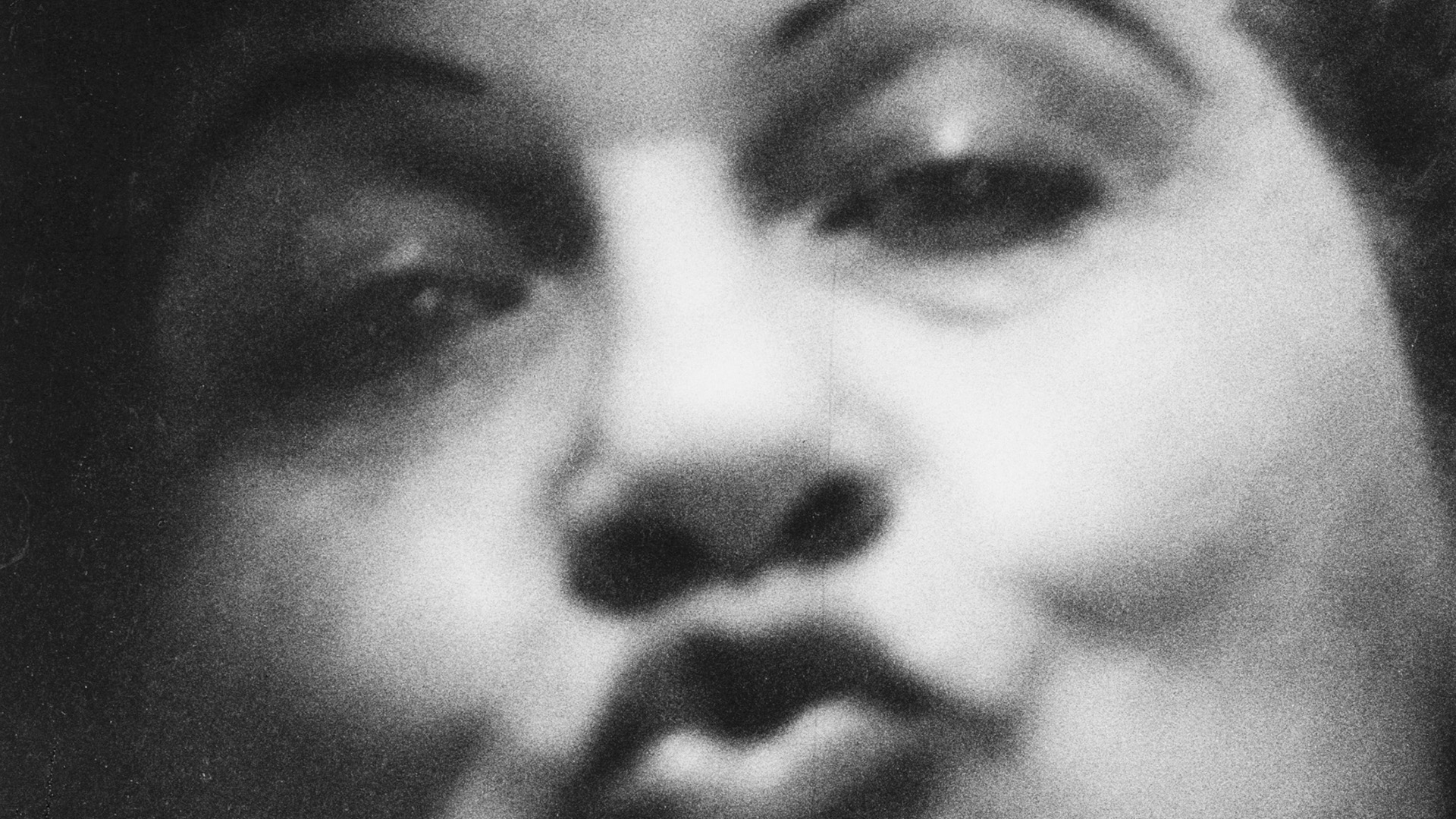
“The thing that’s important to know is that you never know. You’re always sort of feeling your way,” Diane Arbus said — a truth that challenges us to acknowledge we are not fully in control of our lives or our destinies, but rather charged to navigate the world with the understanding there is always something that will escape our perception or comprehension. Such wisdom requires that we act with faith, yet remain receptive to what we may uncover along the way, for it is only in the unknown that possibility can be found.
Photography, being both incredibly precise and prone to all sorts of “accidents,” makes this abundantly clear; for all our intentions, there’s still space for new understandings to emerge. With the portrait, artists explore the landscapes of the physical and psychological worlds simultaneously.


For Diane Arbus and Carrie Mae Weems, the photograph is a space to consider communities largely misrepresented, marginalized, or erased from the history of Western art. Whether using documentary or staged photographs, Arbus and Weems create tender, thoughtful, and honest portraits that engage with complex issues of identity, gender, and race in contemporary American life.
Pull Up a Chair
In the new exhibition “Diane Arbus curated by Carrie Mae Weems” and the recent publication of Carrie Mae Weems, we are given insight into the spaces where their practices converge, diverge, and expand the ways the portrait can provide a space for quiet contemplation.

In the book, in a conversation with curator Kimberly Drew, Weems discusses the impetus for “The Kitchen Table” series, in which the photographer presents staged scenes from daily life with Weems as the central protagonist. While teaching at Hampshire College, Weems asked her students to make portraits of someone else and of themselves to consider the ways they related to one another.
In their work, Weems noticed how men photographed themselves frontal, women turned to the side and hid behind their hair, and large Black people were nowhere to be found. Seeing possibility within the void, Weems began making photographs everyday to consider the ways in which Black life could be portrayed.


“I needed to speak to and across the ways in which women had been discussed in film, theater, and photography,” Weems tells Drew in Carrie Mae Weems. “I needed to speak of representation and systems. In the text, I aimed to unpack systems of private property, systems of relationships that keep us tied to them and make us accomplices in our own victimization, or ones that manage to free us somehow. Understanding the complicated relationships that we are involved in. The work comes about because it needs to speak to something that’s happening in the larger world.”
Artist to Artist
As Carrie Mae Weems notes, it has taken 30 years for The Kitchen Table Series to be put in its proper context. “The historical writing, the art-historical writing, the art criticism, the art reviews haven’t kept pace with the art. It’s really lagged behind,” she told Drew.
Perhaps this is what makes Weems curation of Arbus’ photographs so poignant and profound; there’s a sense of kinship that comes from shared experience of being driven to make visible what had been erased from view. Artist as curator creates a conversation between insiders who understand what it means to stand behind the camera and bear witness of the world, creating a series of images that act as art and artifact at the same time.
By Miss Rosen
Miss Rosen is a New York-based writer focusing on art, photography, and culture. Her work has been published in books, magazines, including Time, Vogue, Aperture, and Vice, among others.
“Diane Arbus” curated by Carrie Mae Weems, on view through August 13, 2021, Fraenkel Gallery, 49 Geary St #450, San Francisco, CA 94108, USA. More information here.
Carrie Mae Weems, edited by Sarah Elizabeth Lewis, published by MIT Press, $45.00. Available here.




